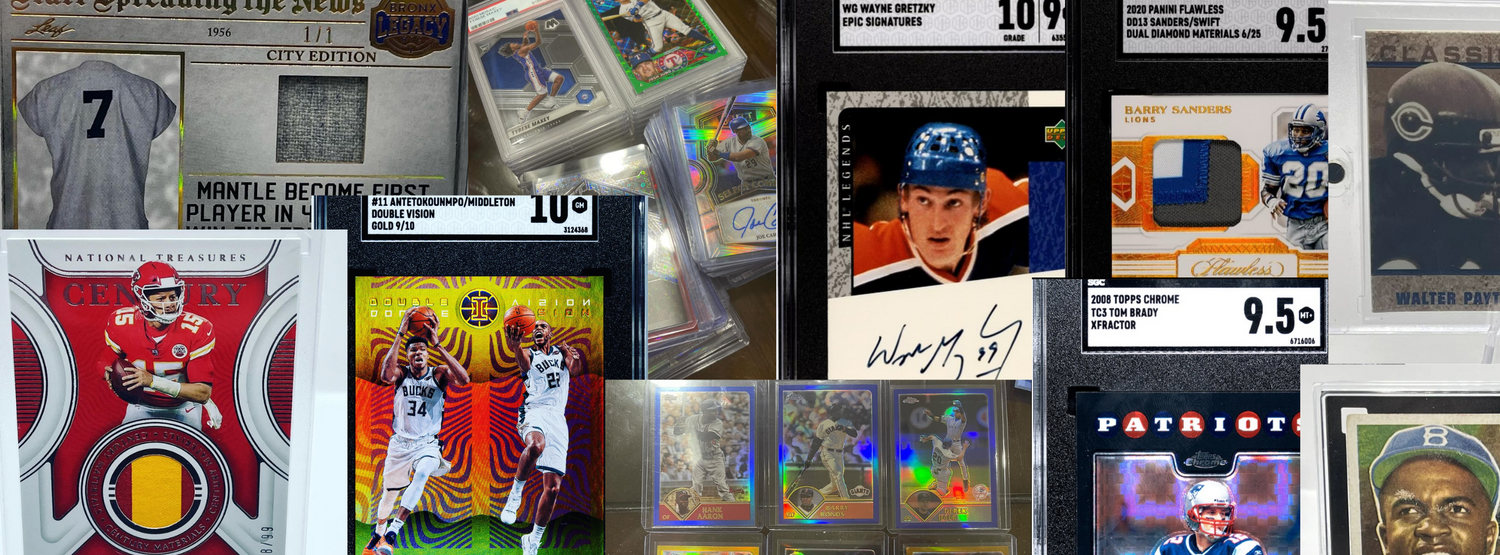
Check Out Our Entire Inventory Selection!
Shop All ProductsYour One-Stop Shop For The Hottest Collectibles & Trading Cards On The Market. Shipping Nationwide!
Welcome to Texas Card Shop, your premier destination for top-quality sports memorabilia and trading cards! Based in the heart of Texas, we are proud to serve collectors and sports enthusiasts nationwide with a wide range of carefully curated items that celebrate the thrill of the game.
Featured product:
Blogs
7 Major League Baseball Prospects Who Failed To Live Up To The Hype
Over the years, Major League Baseball (MLB) has seen its fair share of highly touted prospects who failed to live up to expectations at the professional level. Here are some of the biggest rookie busts in MLB history:
These are just a few examples of highly touted rookies who failed to live up to expectations in MLB. The transition from top prospect to successful major leaguer is often challenging, and factors such as injuries, off-field issues, and struggles with performance can all contribute to a player falling short of their potential.
The History Of Comic Books
The history of comic books is a rich and diverse narrative that spans over a century, evolving from humble beginnings to becoming a significant cultural phenomenon. Here's an overview of its key milestones:
Overall, comic books have evolved from their humble origins into a dynamic and influential medium that continues to captivate audiences around the world.
The History Of Pokémon Trading Cards
Pokémon Trading Cards have been an integral part of the franchise's success and have played a significant role in popular culture. Here's a breakdown of the history and impact of Pokémon cards:
Overall, Pokémon Trading Cards have played a vital role in expanding the Pokémon franchise's reach and appeal, providing fans with a tangible way to connect with their favorite creatures and immerse themselves in the world of Pokémon.









































































































































